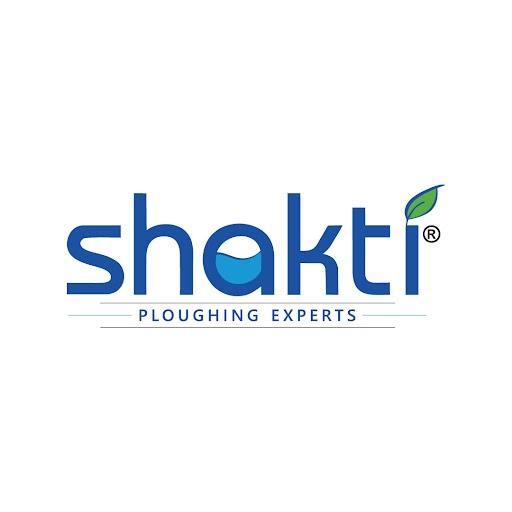Why Size Matters: Calculating Your Farm's ROI for a 3-Bottom vs. 5-Bottom Hydraulic Plough

Choosing the right size of a hydraulic reversible plough is one of the biggest capital decisions a farmer faces. The difference between a 3-bottom and a 5-bottom plough isn't just two extra furrows; it's a difference in required horsepower, operational speed, fuel efficiency, and ultimately, your farm's Return on Investment (ROI).
Selecting the correct implement size is a strategic calculation that goes far beyond the initial purchase price.
The Key Metric: Acres Per Hour (APH)
The core comparison between a 3-bottom and a 5-bottom plough comes down to the Acres Per Hour (APH). A 5-bottom plough, while requiring a much larger tractor, has a significantly wider working width, allowing it to cover substantially more ground per hour than a 3-bottom model. This increase in APH is the starting point for calculating all efficiency and cost savings.
The Key ROI Factors in the Size Showdown
1. Capital Cost and Horsepower (HP) Requirement
The biggest differentiating cost is the tractor required to pull the implement.
-
3-Bottom: Typically suits medium-HP tractors (60–85 HP), which are generally cheaper to buy and maintain.
-
5-Bottom: Requires high-HP tractors (110 HP and above) to handle the significantly increased draft load. These tractors have a much higher purchase and ownership cost.
ROI Factor: For small and mid-sized farms, the total cost of ownership (TCO) for a larger tractor plus a 5-bottom plough may outweigh the efficiency gains. For very large holdings, the TCO of the larger unit is justified by the sheer volume of land it can cover.
2. Fuel and Labor Efficiency
This is where the 5-bottom can shine, provided the HP is properly matched.
-
Labor Savings: Working wider means fewer passes across the field. If you can complete a 100-acre field in 15 hours instead of 25, you save 10 hours of labor and operator wages.
-
Fuel Efficiency: While a 5-bottom plough pulls harder and burns more fuel per hour, it often consumes less fuel per acre than a smaller plough, because the larger, higher-HP tractor is working closer to its peak efficiency zone.
ROI Factor: Calculate your total fuel and labor costs per acre for both scenarios. The 5-bottom investment is justified when the savings per acre multiplied by your total acreage is greater than the increased annual cost of the larger machinery.
3. Operating Conditions and Time Windows
The size of your plough directly affects your ability to hit crucial planting windows.
-
Flexibility: For a manufacturer focused on diverse needs, like Shakti Agrotech (see their range for various farm sizes: https://shaktiagrotech.com/export/) the range between a 3-bottom and a larger model is crucial. If your farm is scattered with small, irregular plots, a Super Shakti 2 3-bottom plough may be more maneuverable and better suited.
-
Time Sensitivity: If you have extremely limited windows for primary tillage (due to weather or double-cropping), the superior APH of the 5-bottom becomes a non-negotiable asset, potentially saving an entire crop.
ROI Factor: The cost of missing a planting window is often catastrophic. For time-sensitive large holdings, the 5-bottom acts as insurance against yield loss, boosting its ROI significantly.
Making the Final Decision
For a farmer, the ideal choice is the largest plough (like the 5-bottom) your existing HP can efficiently handle in your toughest soil conditions. If you're buying a new tractor, size the plough e.g., the 3-bottom Super Shakti 2 to perfectly match the tractor's drawbar capacity.
Always model your ROI based on your annual acreage and the fuel/labor savings you can achieve with the wider implementation.
- Art
- Causes
- Crafts
- Dance
- Drinks
- Film
- Fitness
- Food
- الألعاب
- Gardening
- Health
- الرئيسية
- Literature
- Music
- Networking
- أخرى
- Party
- Religion
- Shopping
- Sports
- Theater
- Wellness


